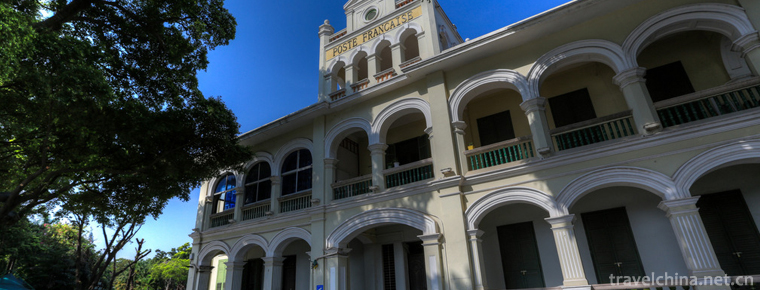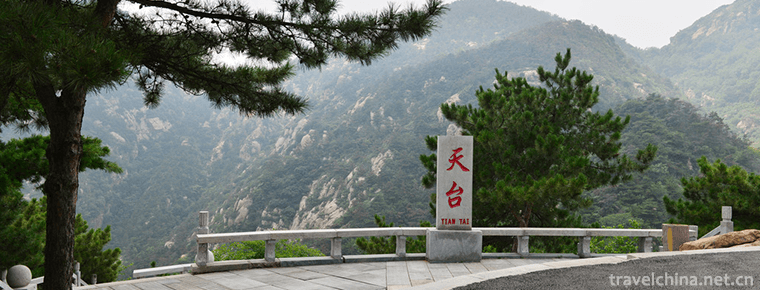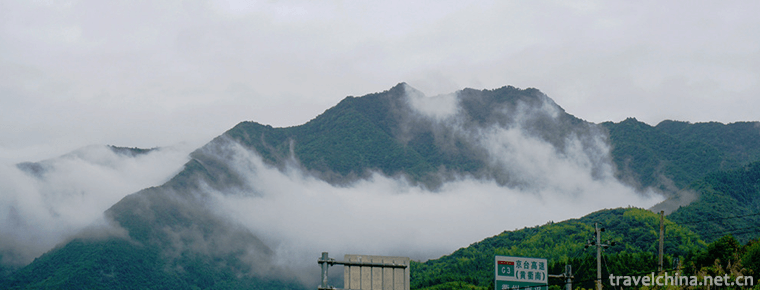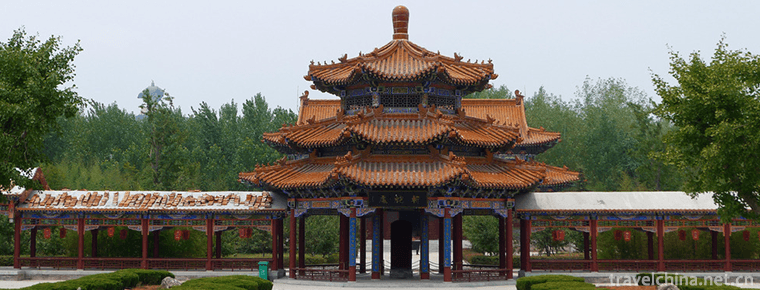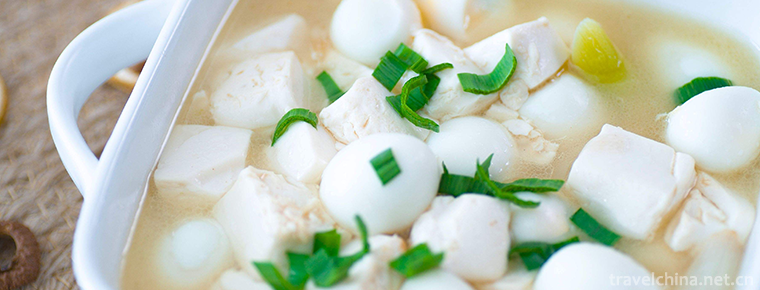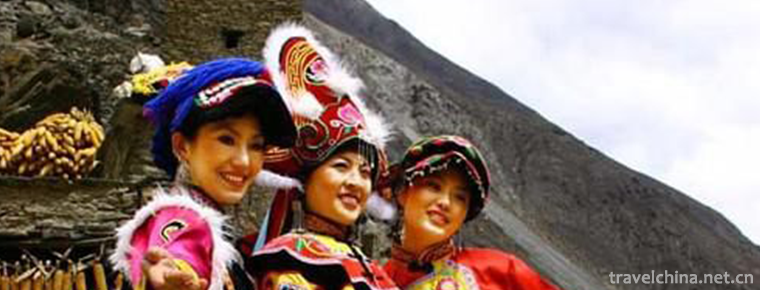Guangyuan natural resources
Guangyuan natural resources
water resource
There are more than 4700 water conservancy projects in Guangyuan City, including 6 medium-sized reservoirs and 558 small reservoirs. There are 1.583 million mu of water area, 6.867 billion cubic meters of water resources and 1 billion cubic meters of underground water resources. There are 2.96 million kilowatts of hydropower and thermal power stations with a total installed capacity of 900000 kilowatts, of which Baozhusi power station has an installed capacity of 700000 kilowatts.
Forestry resources
Guangyuan City has 14.919 million mu of forest land (including 11.7 million mu of forest land, 69 million mu of no forest land, 165 000 mu of sparse forest land, 1.41 million mu of shrub land and 99 million mu of unfinished forest land), accounting for 58% of the total area of the city. The existing forest area of the city is 11.7 million mu, the forest coverage rate is 45.3%, and the forest volume is 45.28 million cubic meters. The city's commercial forest covers an area of 350600 hectares, and the annual cutting plan for the eleventh five year plan is 872600 cubic meters. The city has 195000 mu of barren hills and wasteland suitable for forestry. 11 nature reserves (including 2 national nature reserves, 5 provincial nature reserves and 4 municipal and county-level nature reserves) and 170 nature reserves have been established, covering an area of 4.442 million mu, accounting for 18.1% of the total area of the city. Seven forest parks have been established (including 2 national forest parks, 3 provincial forest parks and 2 municipal forest parks).
Biological resources
There are 400 species of wild animals in Guangyuan City, including 76 species of national and provincial key protected wildlife, such as giant panda, golden monkey, antelope, etc. (according to statistics in 1999, there are more than 60 giant pandas alone). There are more than 2900 kinds of wild plants in the territory, only 832 kinds of precious wild woody plants are distributed, including 34 kinds of national key protected plants, such as Davidia involucrata, water green tree, Lianxiang tree, jiangebai, etc. There are more than 40 species of wild animals and plants listed in the Red Book of the United Nations Convention on international trade in endangered species of Wild Fauna and flora.
mineral resources
There are 480 ore producing areas in Guangyuan City, 377 mineral deposits have been identified, including 6 large-scale deposits and 39 medium-sized deposits, mainly including refractory clay, coal, flux limestone, placer gold, glass quartz sand, silica fume platform, crystalline graphite, shale, etc. Among them, 171.7288 million tons of coal, 44802 kg of gold, and more than 373 million cubic meters of natural gas reserves. They are mainly distributed in Qingchuan, Wangcang, Shizhong District, Chaotian and Yuanba counties. Most of the non-metallic minerals in the city are non-ferrous minerals, mainly coal and placer gold.
population
By the end of 2019, the household registration population of Guangyuan was 2 million 988 thousand and 600. Among them, 1456500 women and 1532200 men accounted for 48.7% and 51.3% of the total population, respectively; 764100 urban population and 2224500 rural population accounted for 25.6% and 74.4% of the total population, respectively. By the end of 2019, there are 2.675 million permanent residents in Guangyuan. Among them, there are 1.2626 million urban population and 1.4124 million rural population. The urbanization rate of permanent residents was 47.20%, 1.57 percentage points higher than that of the previous year. The birth rate was 8.55 ‰, the mortality rate was 6.13 ‰, and the natural growth rate was 2.42 ‰.
Note: the permanent resident population refers to the population who has actually lived in a certain area for more than half a year.

-
Fanggan Ecological Scenic Area
Fanggan Eco-tourism Area is located in Luye Township in the north of Laiwu City. It is bordered by Jinan in the north, Zibo in the East and Taian in the west. National Highway 09 is very convenient fo.
Views: 293 Time 2019-01-12 -
Jianglangshan 28du Tourist Area
28du Town, located in Jiangshan, Zhejiang Province, is a famous historical and cultural town. It is a writer's creation base in Zhejiang Province. It is located at the junction of Zhejiang,.
Views: 191 Time 2019-01-21 -
Mangdao Mountain Han Culture Tourist Scenic Spot
Located in Yongcheng City, Henan Province, Mangdao Mountain Han Culture Tourist Area is a national AAAAA-level scenic spot which integrates landscape sightseeing.
Views: 90 Time 2019-02-07 -
Mingyue Gorge Scenic Area
Mingyue Gorge is located in the eastern section of Jialing Jiangxi Lingxia, Guangyuan, Sichuan Province. It covers an area of 6.1 square kilometers and is about 33 kilometers.
Views: 145 Time 2019-02-07 -
Quail egg soup
Quail egg soup is a delicacy made of quail eggs, shrimps, etc..
Views: 243 Time 2019-03-24 -
Green Tea Production Techniques
Green tea production technology is a national intangible cultural heritage. Luan Guapian is a special kind of green tea. Cucumber seed-like flake-shaped tea is made from local endemic varieties by wre.
Views: 295 Time 2019-05-15 -
Valorafo Festival of the Qiang Nationality
The "Valorafo Festival of the Qiang Nationality", known in Chinese as the "Song Fairy Festival" or "Leading Song Festival" and "Song Invitation Festival", is a .
Views: 171 Time 2019-06-10 -
Wudang Shenju
Wudang Shenxi Opera is a kind of traditional opera in Xijiadian Town, Danjiangkou City, Hubei Province. It has a history of nearly 400 years since the Wang family absorbed Wudang culture and the music.
Views: 324 Time 2019-06-30 -
Small febrile coma
Xiao Redun is a kind of traditional Wu rhetoric banter popular in Jiangsu, Zhejiang and Shanghai. It is also known as "Xiaogongshu", commonly known as "selling pear ointment candy".
Views: 106 Time 2019-07-06 -
Chongzhou Confucian Temple
One of the four best preserved Confucian temples in Sichuan Province. National key cultural relics protection units. Confucius Cultural Center in Western China. It is located in the south of Chongzhou painting pool. .
Views: 330 Time 2020-11-05 -
Meishan City logo
Meishan City logo is composed of ancient Chinese tile pattern and Dongpo head portrait, which shows a feeling of ancient historical traces and reflects the ancient culture of Meishan. From the design to the font are used a simple style, using the combinatio.
Views: 321 Time 2020-12-18
